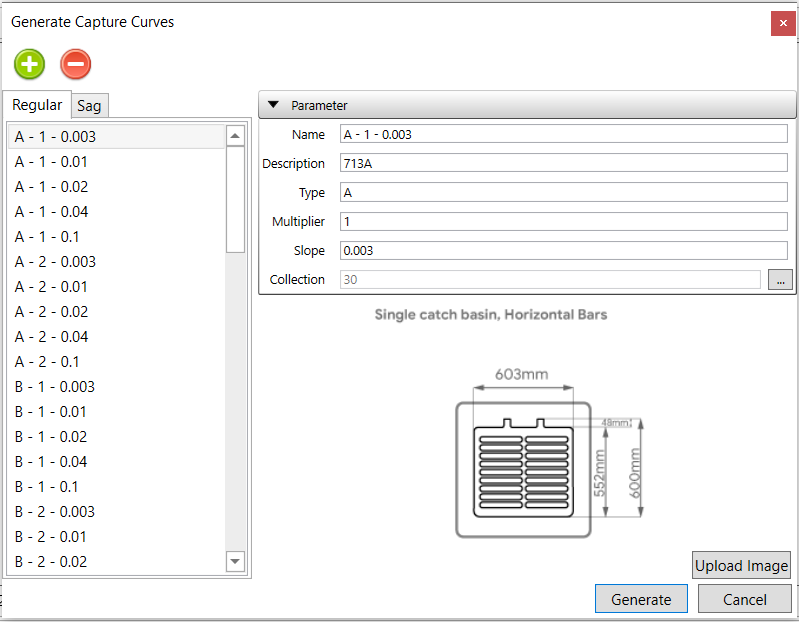

Results show that the expansion of bare land and impervious cover, soil alteration, and high amount of precipitation influenced the stormwater runoff variability during different phases of land development. For continuous simulation and analyzing LID-BMPs scenarios, the five-year (2011 to 2015) stormwater runoff data and LULC change patterns (only 2015 for LID-BMPs) were used. PCSWMM was used to simulate the monitored storm events from 2014 (calibration: R 2 and NSE > 0.5 RMSE 0.5 RMSE < 12). These LID-BMPs were designed and distributed in the study area based on catchment characteristics, cost, and effectiveness. The four aggregate LID-BMPs are: ecological (S1), utilizing pervious covers (S2), and multi-control (S3) and (S4). It used data from 2011 to 2015 that monitored 41 storm events and monthly LULC, and a Personalized Computer Storm Water Management Model (PCSWMM). This study used an integrated approach to determine the influence of land development and assess the ecological benefits of four aggregate LID-BMPs in stormwater runoff from a mixed land use and land cover (LULC) catchment with ongoing land development. In recent years, aggregate low impact development-best management practices (LID-BMPs) have been implemented to reduce the negative impacts of stormwater runoff on receiving water bodies. Understanding how land development influences stormwater runoff is essential for sustainably managing water resources. Mitigating for the negative impacts of stormwater runoff is becoming a concern due to increased land development.


 0 kommentar(er)
0 kommentar(er)
